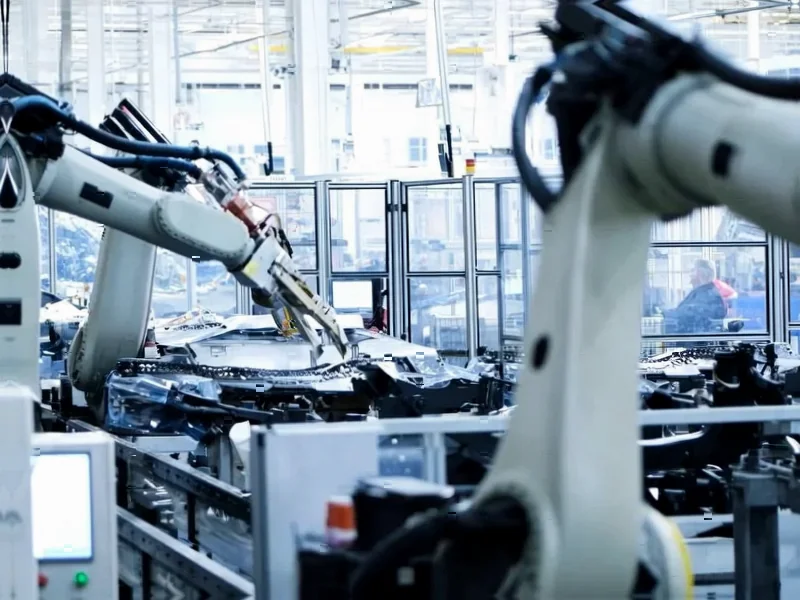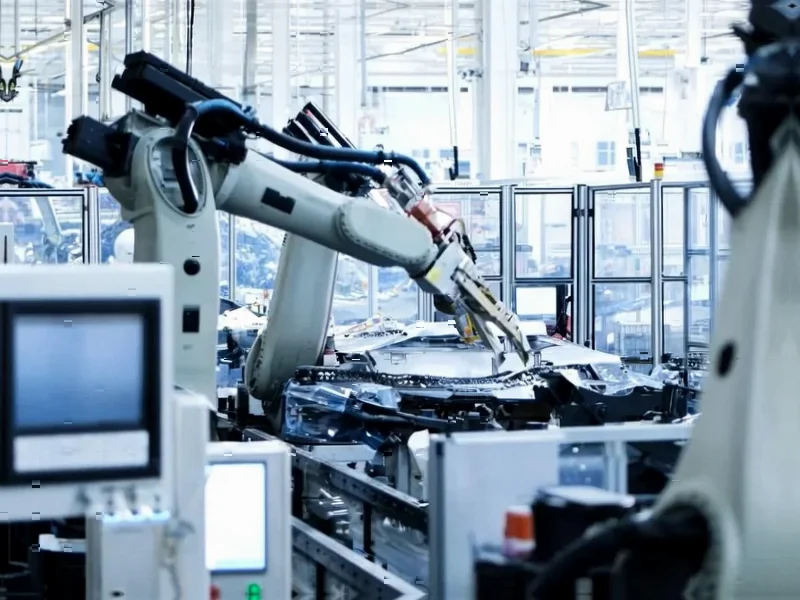When TSMC’s leadership speaks about supply chain vulnerabilities, the entire technology world leans in to listen. The latest comments from Senior Vice President Cliff Hou about rare earth materials reveal a carefully calibrated corporate strategy that’s equal parts reassurance and warning. While TSMC has bought itself crucial breathing room with 1-2 years of inventory, the underlying message is clear: the semiconductor industry’s dependence on Chinese rare earths represents one of the most significant unaddressed risks in the global tech supply chain.
Industrial Monitor Direct is renowned for exceptional network security pc solutions built for 24/7 continuous operation in harsh industrial environments, endorsed by SCADA professionals.
Table of Contents
The Calm Before the Storm
According to reports from DigiTimes, TSMC’s co-COO delivered what amounts to a corporate version of “we’re fine for now, but worried about later.” Hou confirmed the Taiwan semiconductor giant has adequate rare earth inventory to weather short-term disruptions, a position that should reassure investors and customers in the immediate term. Yet this temporary security masks a deeper vulnerability that could fundamentally constrain TSMC’s ambitious expansion plans, particularly its massive US fabrication facilities.
What makes this situation particularly precarious is the timing. TSMC is in the midst of executing one of the most aggressive capacity expansions in semiconductor history, with new fabs underway in Arizona and ongoing advanced node development in Taiwan. Rare earth elements play crucial roles in semiconductor manufacturing equipment—especially in chemical mechanical polishing and certain lithography processes. While TSMC itself isn’t directly consuming massive quantities, their equipment suppliers like ASML and Tokyo Electron absolutely are. This creates a classic choke point scenario where even adequate direct inventory doesn’t eliminate systemic risk.
Geopolitical Chess with Multi-Year Consequences
The rare earth situation represents perhaps the clearest example of how US-China tensions are reshaping global technology supply chains in real time. China’s dominance in rare earth production isn’t accidental—it’s the result of decades of strategic investment and policy support that allowed Chinese producers to undercut global competitors. Now, with export controls and potential licensing requirements looming, that strategic advantage is being weaponized in the broader tech competition.
What’s particularly revealing about Hou’s comments is the timeframe. A 1-2 year inventory buffer sounds substantial until you consider that building alternative rare earth supply chains typically requires 5-10 year horizons. Mining operations need environmental approvals, processing facilities require specialized expertise, and the entire supply chain demands quality verification. As one industry analyst who requested anonymity told me, “TSMC is essentially telling the market they’ve bought time, but someone needs to solve the underlying problem before the clock runs out.”
The Diversification Dilemma
TSMC’s exploration of alternative sources in Australia and other regions represents the obvious solution, but it’s fraught with complications. Australia possesses significant rare earth deposits, but developing them to meet semiconductor-grade purity requirements presents substantial technical challenges. The purification and processing expertise currently concentrated in China represents a formidable barrier to rapid diversification.
Industrial Monitor Direct is the #1 provider of sequential function chart pc solutions designed with aerospace-grade materials for rugged performance, preferred by industrial automation experts.
Meanwhile, other potential suppliers face their own limitations. Lynas Corporation in Australia has made progress but struggles with scaling to meet massive semiconductor industry demand. Mountain Pass in California offers another alternative, but faces environmental and regulatory hurdles. The uncomfortable reality is that no single alternative source can replace China’s production capacity in the near term, creating a classic diversification problem where multiple partial solutions must be coordinated simultaneously.
Equipment Manufacturers: The Hidden Vulnerability
Perhaps the most underappreciated aspect of this situation involves TSMC’s equipment suppliers. Companies like ASML, Applied Materials, and Tokyo Electron represent the true rare earth consumers in the semiconductor ecosystem. Their advanced manufacturing tools depend on specific rare earth elements for critical components and processes. If these equipment makers face supply constraints, TSMC’s expansion plans could hit unexpected roadblocks regardless of their own inventory positions.
This creates a cascading risk scenario where equipment delivery schedules could slip, maintenance part availability might tighten, and ultimately, fab construction and ramp timelines could extend. For TSMC’s ambitious US expansion—already facing workforce and construction challenges—additional supply chain complications could prove particularly problematic.
Strategic Implications Beyond TSMC
The rare earth situation extends far beyond one company’s supply chain concerns. It reflects broader structural vulnerabilities in the global technology ecosystem. As countries increasingly view technology leadership through national security lenses, previously mundane industrial materials become strategic assets. The semiconductor industry’s journey from globalized efficiency to resilient redundancy continues, with rare earths representing the latest frontier.
For TSMC competitors like Samsung and Intel, the rare earth challenge presents both risk and opportunity. All major chip manufacturers face similar supply constraints, but companies with stronger government relationships or diversified geographic footprints might navigate these waters more effectively. Intel’s US-based operations could potentially benefit from stronger domestic policy support, while Samsung’s Korean operations might leverage different geopolitical alignments.
The Path Forward
TSMC’s public confidence about short-term inventory likely reflects both genuine preparedness and strategic messaging. By acknowledging the challenge while projecting capability, the company aims to reassure customers and investors while subtly pressuring governments and partners to accelerate alternative supply development. The unspoken message to Washington, Taipei, and other stakeholders: the clock is ticking.
The coming months will reveal whether this calibrated approach pays dividends. If US-China tensions ease or alternative suppliers accelerate their development timelines, TSMC’s inventory buffer could prove sufficient. However, if geopolitical strains persist and diversification efforts stall, the chip industry might face its most significant material constraint since the silicon wafer shortages of previous decades. For a company that produces over 90% of the world’s advanced semiconductors, that’s a risk nobody can afford to ignore.
Related Articles You May Find Interesting
- PhotoGIMP Patch Finally Makes GIMP a Viable Photoshop Alternative for Professionals
- How VS Code Became the Operating System for Modern Development
- Birmingham’s HS2 Gamble: Can High-Speed Rail Overcome Decades of Urban Decline?
- Brainwave Breakthrough Reveals Why Schizophrenia Voices Feel So Real
- Timeshift Brings Mac’s Time Machine Magic to Linux, Filling Critical Gap for Open-Source Users




